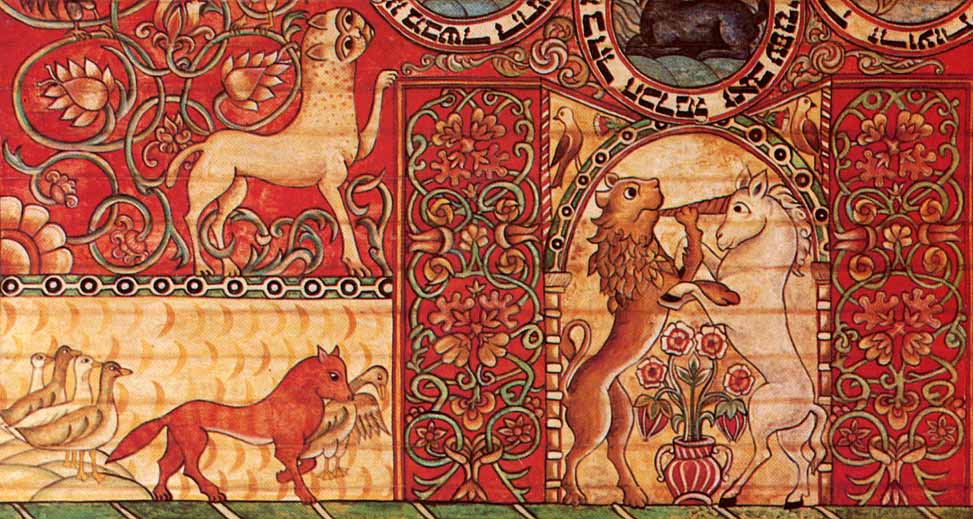The revival of Jewish Studies that included renewed interest in Jewish art, begun in the late 1980th with rememberance of the Holocaust. The society had to come to grips with one of the biggest tragedies in the history of humankind, the Jewish tragedy the history of which was suppressed or distorted in the Soviet times. One of the most profound artistic discoveries of the process was the publication of works by Zinovii Tolkachov. He was among those soldiers who threw open the gates of Majdanek and Auschwitz, and his artistic testimonies are now exhibited at the exposition on the death camps at the Yad Vashem museum. The Institute of Jewish Studies organized an exhibition of his works at the National Art Museum, and has compiled an album of the master’s works (Zinovii Tolkachov. Kyiv: Dukh i Litera, 2005).
In loving homage to the history of art, we have for years been exploring this fantastic world of art schools that were virtually unknown during the Soviet era, and presenting excellent works of our contemporaries. We prepared dozens upon dozens of exhibitions of Olha Rapai-Markish, Pavlo (Pinchas) Fishel, Zoia Lerman, Iosyp Ostrovskyi, Luiza Chereshkevych, Mark Epstein in numerous Kyiv galleries (curated by Iryna Klimova and Olena Yagodovska), in museums («Nisayon» and the Ukrainian House, curated by Olha Petrova), and abroad (in Britain, Poland, and Germany).
We also include an art section in each issue of the Yehupets almanac, and regularly publish art albums in the Dukh i Litera publishing house, including Mir Zoi Lerman (Zoia Lerman’s world, Kyiv, 2008), Mir Borisa Liekaria (Boris Lekar’s World, Kyiv, 2012), Olha Rapai (Kyiv, 2007), Iosif Ostrovskii. Zhivopis’ (Yosif Ostrovskii. Paintings, Kyiv, 2008).
Clearly, we are dealing with a distinct phenomenon in the modern understanding of Jewish history and culture: the modern ART-Jewish studies. I am absolutely certain that we are dealing with an extremely interesting page in the history of Jewish, Ukrainian, and world art.
Of course, The Kyiv collection (the title proposed by Liuba Rapoport) does not claim to be an exhaustive presentation of Jewish motifs in art. However, it is an important first step in exploring the topic, and we will follow through on it.
Leonid Finberg
Director of the Center for Jewish Studies
at the National University of «Kyiv-Mohyla Academy»
